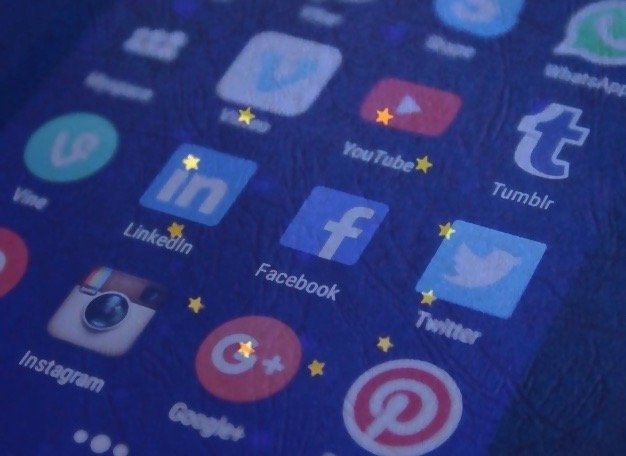Why Youtube, Facebook and Google want you to fight the articles 11 and 13 of the EU's new copyright directive.
The European Parliament approved 10 days ago the controversial Copyright Directive (including articles 11 and 13), a piece of legislation intended to update copyright for the internet. Creators and digital marketers seems to have hard time dealing with this so let’s break it down to clarify everything.
What is inside the Directive on Copyright?
The European Union Directive on Copyright in the Digital Single Market is a proposed European Union directive that is designed to limit how copyrighted content is shared on online platforms. EU directives are a form of legislation that set an objective for member states to achieve, once voted every state member of the EU need to create laws in line with the terms of the directive.
The Directive on Copyright is sometimes referred to as “Article 11” or “Article 13” based on its most controversial components.

Article 11 or the “Link Tax”
Article 11 is the so-called “link tax,” which gives publishers a right to ask for paid licenses when online platforms share their stories. The obvious target is aggregators like Google News, but opponents worry the law could have broader applications and also impact Digital Marketing Agencies and Marketers.
The terms in this Article aren’t clear (no definition of commercial platforms for example). it let a lot of space for mistake to be made and What about blogs or RSS feeds that aggregate headlines in much the same way Google News does? What about a Facebook page operated by an individual who also has a huge audience?
There’s also the question of what counts as sharing a story. An amendment added to the directive in yesterday’s vote says that mere hyperlinks can’t be taxed, nor can “individual words.” But how many words is that? When do enough individual words become a snippet?
Critics also note that national versions of this law don’t tend to work. In Spain, for example, in 2014, a law was passed that forced publishers to charge news aggregators for sharing snippets. Google reacted by shutting down Google News; local aggregators couldn’t afford the fees and collapsed; and overall traffic to sites fell by as much as 15 percent. A similar opt-in law was passed in Germany in 2013. Google reacted by dropping sites who wouldn’t let their content be shared for free and again, traffic fell and publishers were deeply impacted.
Bottom line, the Copyright Directive isn’t clear enough and will result with a lot of issues within the European traffic.
Article 13, the “Upload Filter” or “Meme Ban”
This is the part of the Directive on Copyright that has most people worried. This article states that “online content sharing service providers and right holders shall cooperate in good faith in order to ensure that unauthorised protected works or other subject matter are not available on their services.”
So what does it mean? All this article is saying is that any websites that host large amounts of user-generated content (think YouTube, Twitter and Facebook) are responsible for taking down that content if it infringes on copyright.
But things aren’t quite that simple. No one can quite agree how these platforms are expected to identify and remove this content. An earlier version of the Directive referred to “proportionate content recognition technologies” which sounds like it’s asking platform owners to use automate filters to scan every piece of upload content and stop anything that might violate copyright from being uploaded. Saying platforms are liable for copyright infringement committed by users. (Meaning they can be sued by rights holders.)
If Article 13 does lead to super-powered Content ID, that’s not going to be a good thing. Content ID is known to make mistakes and they would only multiply if it had to cover a wider range of material, and getting mistaken takedowns reversed would become a more lengthy process than it is now.
What else can we found in the Directive on Copyright?
While Articles 11 and 13 have gotten the most attention so far, the new directive does also tighten up copyright in lots of smaller ways. There are concerns over how the directive treats text and data mining programs (or TDM), for example, potentially exposing automated scanners to copyright claims. And one clause, only added recently, might give sports leagues exclusive rights over any images or video of a game, a significant escalation in the ongoing fight over sports GIFs that might extend to fan-taken photos of a stadium before the game.
What now?
Once the final vote goes through, member states should have two years to implement the directive into their own legislation (the usual time period for this sort of law). What happens then is anyone’s guess.
Stay tuned to follow up on that topic.
Congratulations @digigael! You have completed the following achievement on the Steem blockchain and have been rewarded with new badge(s) :
Click here to view your Board of Honor
If you no longer want to receive notifications, reply to this comment with the word
STOP